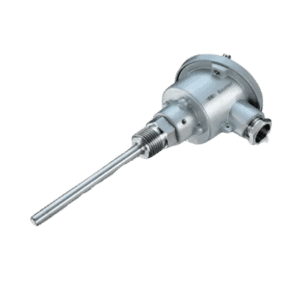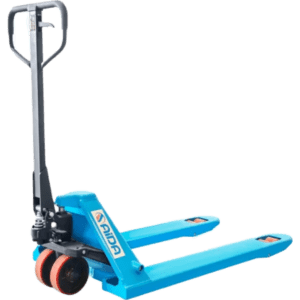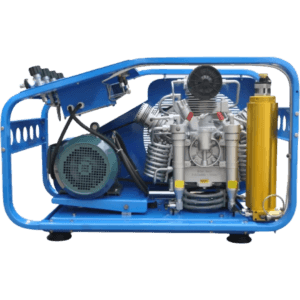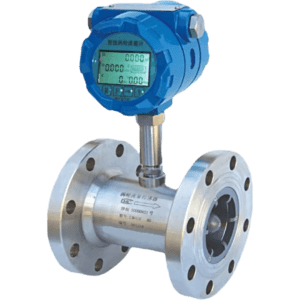Level sensors are devices that monitor and measure the level of materials within tanks or vessels, whether liquids, powders, or granules. These sensors are widely used in industries such as chemical processing, water treatment, food & beverage, and pharmaceuticals to ensure consistent levels of substances, preventing overflows or shortages. There are different types of level sensors, such as capacitive, ultrasonic, optical, and radar sensors. Capacitive level sensors are ideal for detecting liquid levels in non-metallic containers, while radar sensors are used in high-pressure and high-temperature environments. Regular calibration and cleaning are necessary to maintain the accuracy and reliability of the sensors.
Key Features:
- Precise Level Measurement: Ensures accurate monitoring of liquid or solid levels.
- Diverse Types: Includes capacitive, ultrasonic, radar, and float-based sensors.
- Versatile Applications: Used across various industries, including chemical, food, and water treatment.
- Real-Time Monitoring: Provides continuous monitoring to prevent overflows or dry run conditions.
Types and Standards:
- Capacitive Level Sensors: Best for liquid levels in non-metallic containers.
- Ultrasonic Level Sensors: Used for non-contact measurement of both liquids and solids.
- Radar Level Sensors: Ideal for harsh environments with high temperature or pressure.
- **IEC 61508: Standard for functional safety and reliability in level monitoring.
Brands Available:
Honeywell, Siemens, Emerson, VEGA, Endress+Hauser.
General Maintenance:
Regularly check the calibration and clean the sensor probes. Ensure the sensor’s electronics are free from moisture and dust. Inspect the mounting components and housing for any damage or wear.





